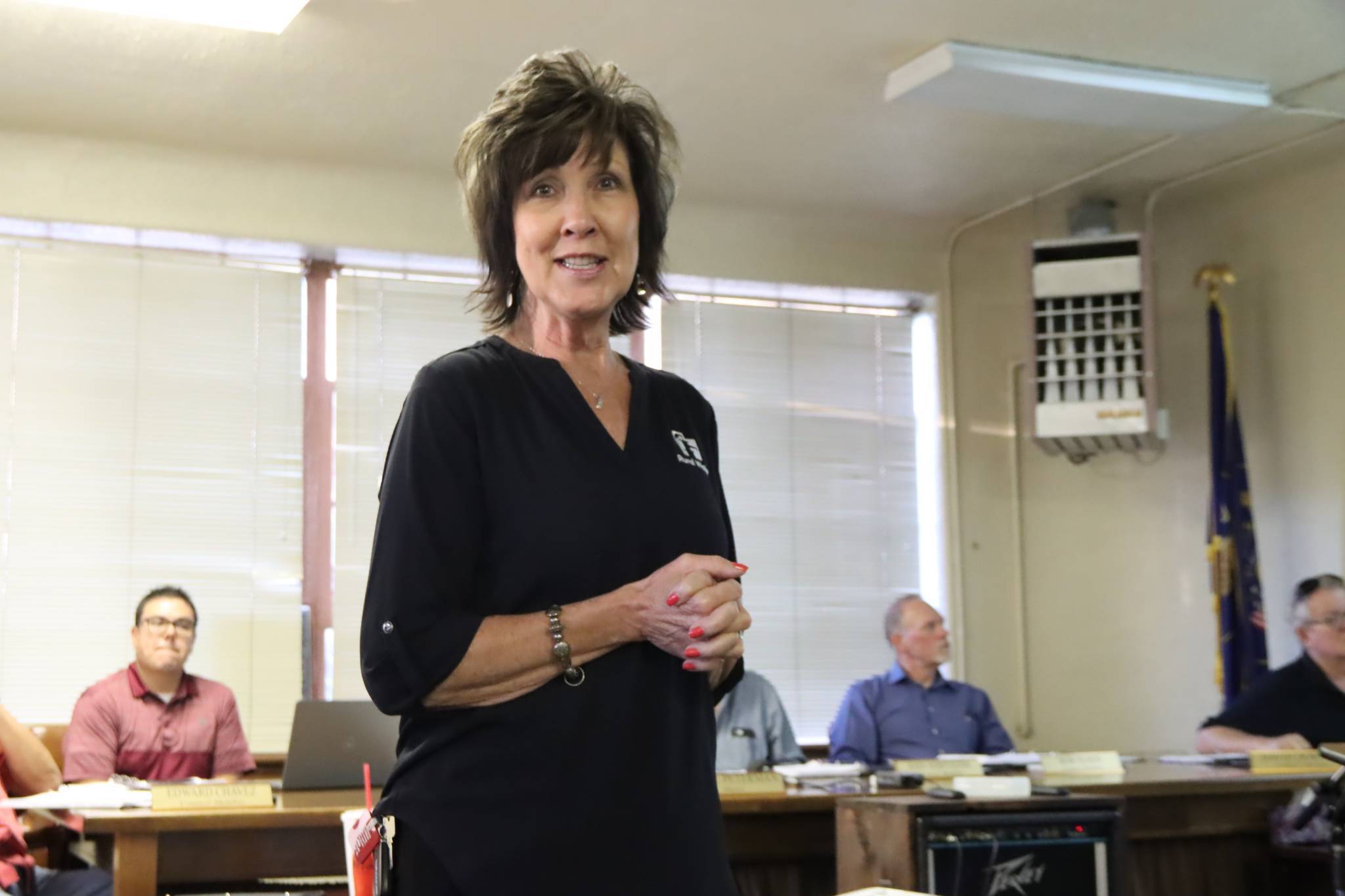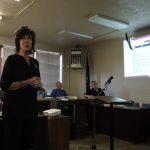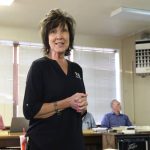A representative of the Rural Utah Water Association visited the Helper City Council meeting that was hosted on Thursday evening for a presentation. The association is a 501c3. 21 members of the association are contracted through the State Division of Drinking Water and federal USDA funding. They are the boots on the ground to help small, rural systems in Utah.
The association is not the government agency that is setting the rules and regulations, but the ones that help to stay in regulation. They also assist in training all of the water and sewer operators throughout the state, helping them to stay in compliance.
The representative stated that she had been in Helper quite a few times and really worked over rates and the budget to attempt to find a good way to keep the system sustainable for years to come.
This is not an easy thing to do, as expenses continue to rise everywhere. Helper itself has not seen an increase since 2015 and it is the responsibility of the council to make funds balance, while also preparing for the future.
When going for any sort of grant funding, no matter where it is from, the entity will want to know that a loan can be paid back. It was stated that grants are getting far and few between, as funding that used to be available is not being allocated. At times, rates must be increased in order to afford funding.
The association’s representative informed those in attendance that the average bill right now is $55.09 in Helper. The drinking water board determines grant funding through the Median Adjusted Gross Income (MAGI), which is $41,700 for Helper. To be considered disadvantaged, Helper’s monthly average water rate would need to be $60.81 for grant funding.
With this in mind, a public hearing was hosted following the presentation for an ordinance to increase the fees for residential and commercial water use, as well as a resolution that would amend Helper’s electric fees by increasing the minimum base charge for meter bases.
Questions varied greatly, with some being voiced regarding future plans, if the rate would change following the improvements, and if other avenues such as the Community Impact Board had been approached.
Councilman Cole Stapley informed attendees that for the electric rates, the increase would be $3 for residential properties and $4 for commercial properties. The rates would have a median total increase of $9 a month per household. However, a suggestion was voiced to raise the rates to make it an even $10 to make the funding more efficient.
Within 30 days, these new rates would go into effect, with residents and business owners seeing the increase on their bill at that time.
Following the closure of the public hearing, Councilman Stapley stated that based on the conversation of the evening, raising the water rate to $6 makes sense. In 2025, the rate will go up $1 and following, from 2026 to 2034, the rate will change by $2 each year.
This motion was unanimously approved by the council and Mayor Lenise Peterman thanked all in attendance for the great conversation, engagement and feedback.
For the electric rate increase, the council discussed also amending it from $3. Residential would increase to $4 overall. This rate would increase $1 in 2025, raising to $2 in the following years. This was also unanimously approved by the council.



